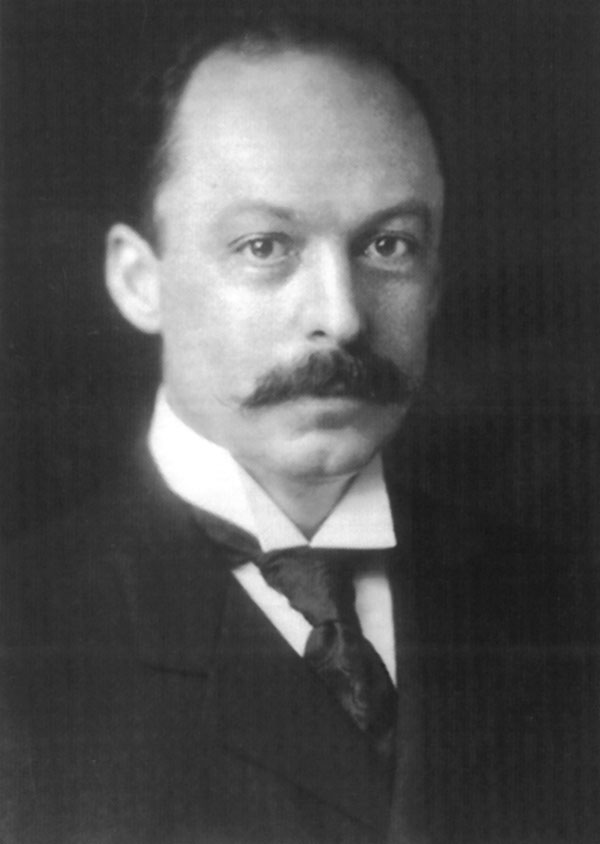Mining and Minerals Education Foundation |

Richard Alexander Fullerton Penrose, Jr.
(1863-1931)
2008 Inductee from Mining's Past
Richard Alexander Fullerton Penrose, Jr. was born in Philadelphia on December 17, 1863, the 4th son of Dr. and Mrs. Richard Alexander Fullerton Penrose. He entered Harvard at the age of 17, graduated Summa cum Laude at the age of 21 and was awarded a doctorate at the age of 23. His career as a geologist was inspired at Harvard by Nathan Shaler. Following graduation, he worked as a field and mining geologist, as both an employee and consultant, and published papers on projects in Texas, Arkansas, and Colorado. He taught for a brief period at Stanford before starting the most critical years of his career.
Between 1891 - 1903, Penrose established his credentials and was to amass the beginning of a fortune that he augmented continuously through the remainder of his life. His studies of gold at Cripple Creek, Colorado, resulted in co-authorship of two U.S. Geological Survey papers with Whitman Cross in 1898. He was sought by W. H. Emmons in 1896 to study the Telluride region of Colorado with the U.S.G.S., but he had earlier chosen to accept the offer from T.C. Chamberlin in 1892 to become an Associate Professor in the first faculty of geology at the new University of Chicago. He continued his consulting and field activities while remaining at Chicago as Professor of Economic Geology until 1911. He was on the first editorial staff of the Journal of Geology.
In the 1890s, he carried out intermittent consulting in the southwest through the next 5 years and in 1895 made a deal to acquire the Commonwealth mine in Pearce, AZ for $50,000 in gold. In 18 months the mine produced a net of $1 million and over the next 4 years it netted $6 million. When the ore stopped paying $100,000 per month after 5 years of production, Penrose sold his interest for slightly less than $1,000,000.
During these years in the southwest, Penrose had developed high skills in administrative ability and established a warm friendship with Herbert Hoover. Over a period of ten years through the turn of the century, his contacts in Arizona, New Mexico, and Utah and his influence on the mining industry are marked and important. His geological and business decisions on mining properties influenced corporate patterns for the next century on deposits in Arizona from Globe to Santa Rita and ultimately, Bingham Canyon. In 1901, he and partners organized the Utah Copper Company, in which he deferred election as president, but served as a Director with D.C. Jacking as general manager.
He was the first President of the Society of Economic Geologists and funded and designed the Penrose medal for that society in 1923. He also funded the Penrose Medal for the Geological Society of America in 1925-26. He left a bequest to SEG for continued publication of its journal and a bequest of nearly $4,000,000 to both the GSA and the American Philosophical Society. His generosity was unmatched in his time. We honor his memory and recognize him here as a pioneering Economic Geologist, an entrepreneur, an extraordinarily successful business man, a teacher, a philanthropist, and a benefactor.
Print Version Previous Archive Next
